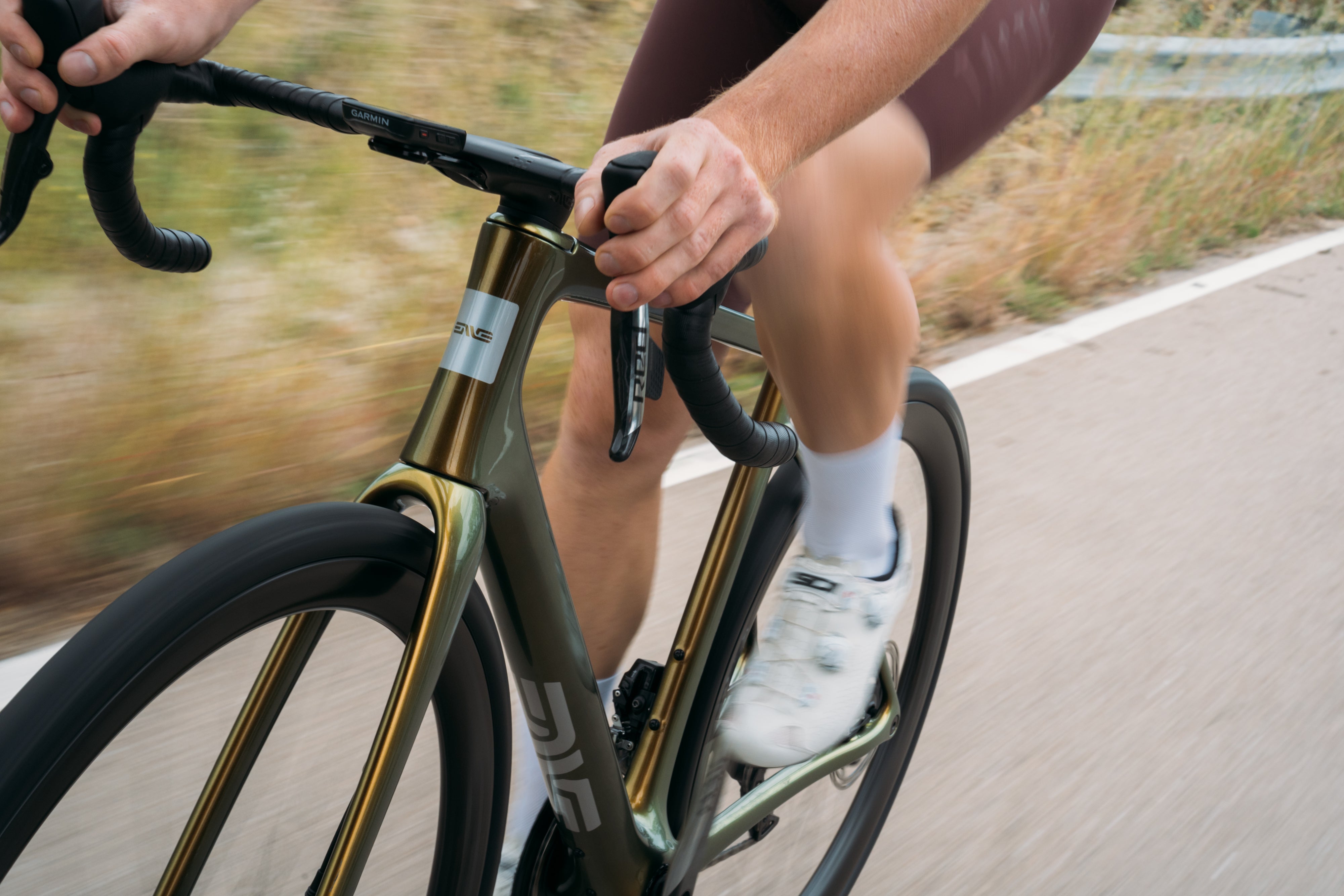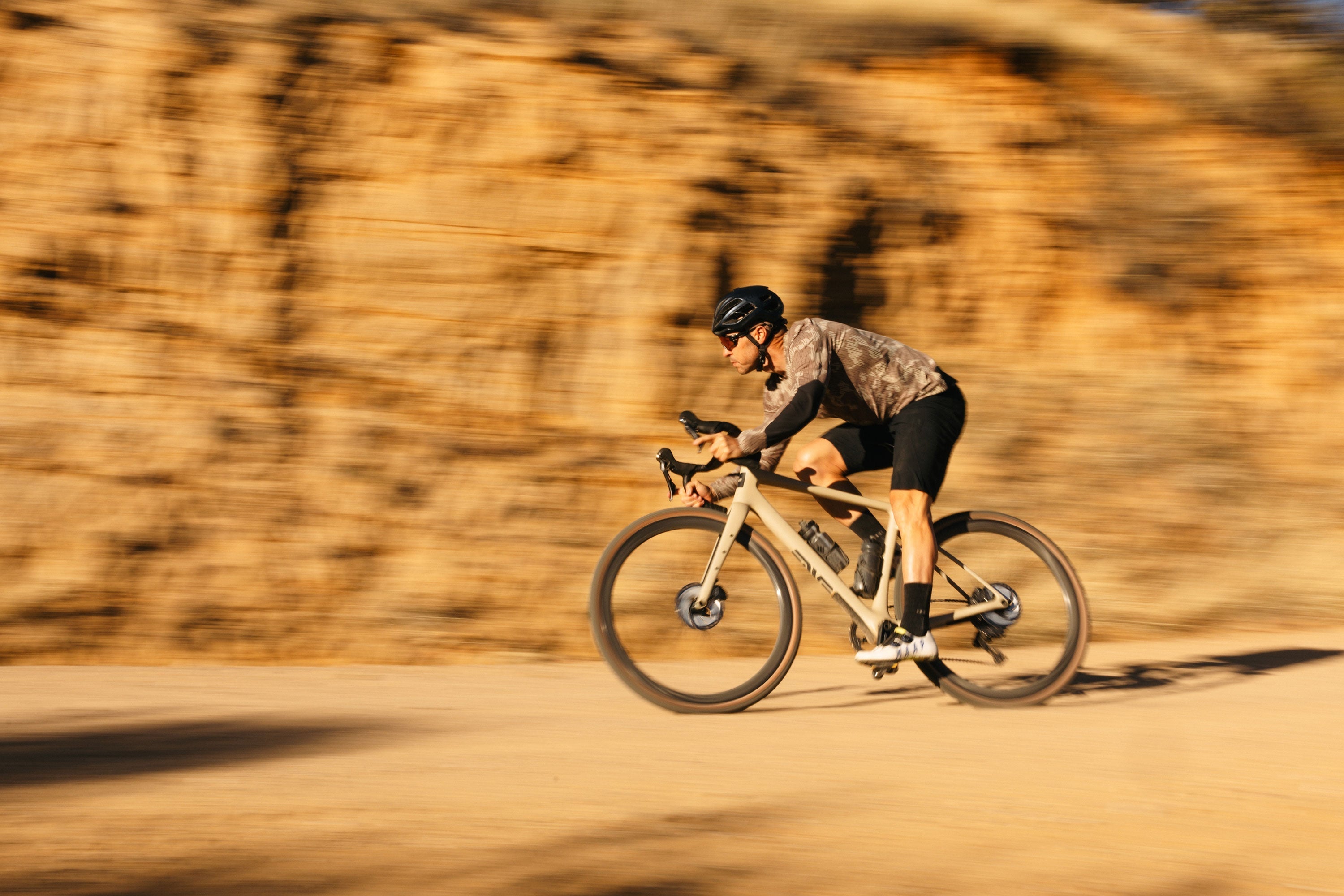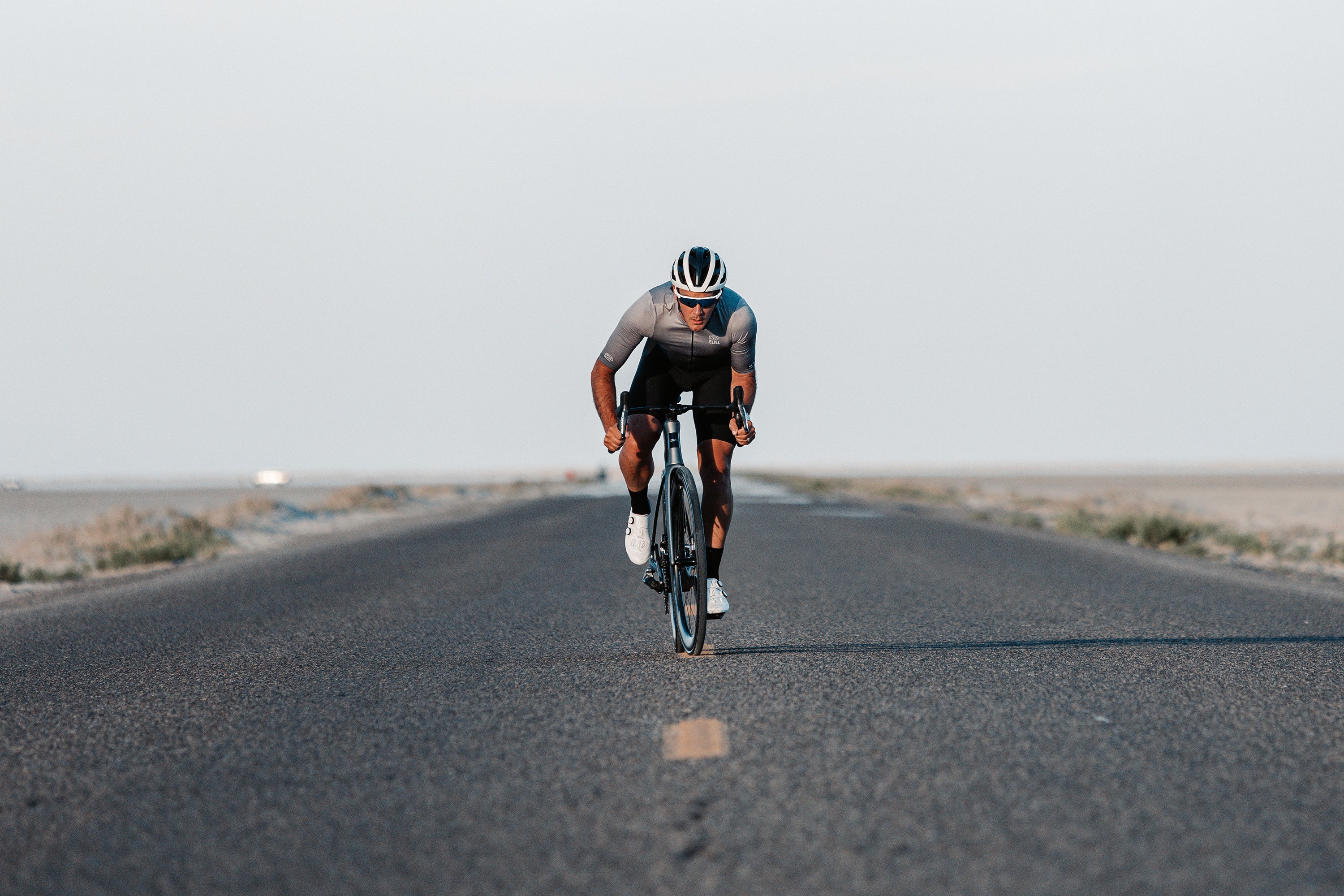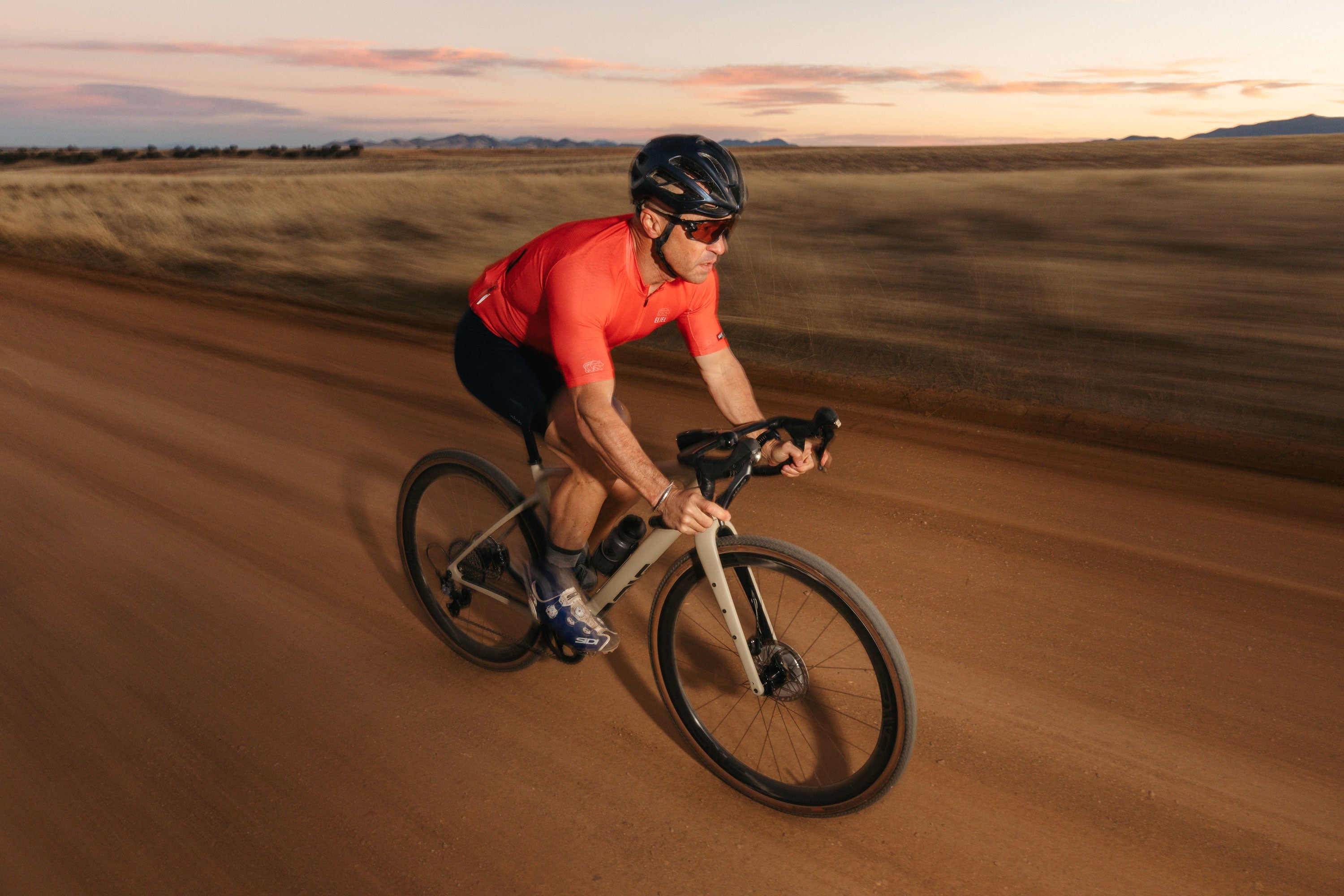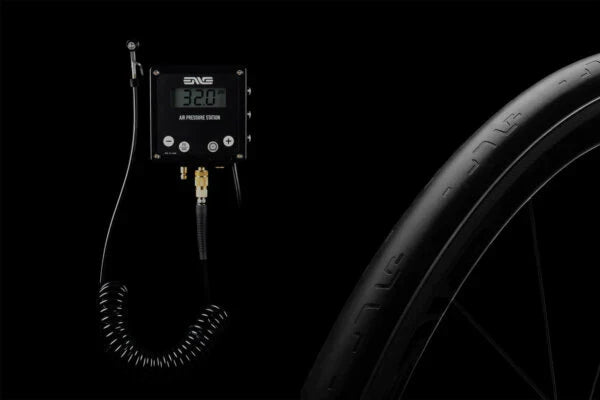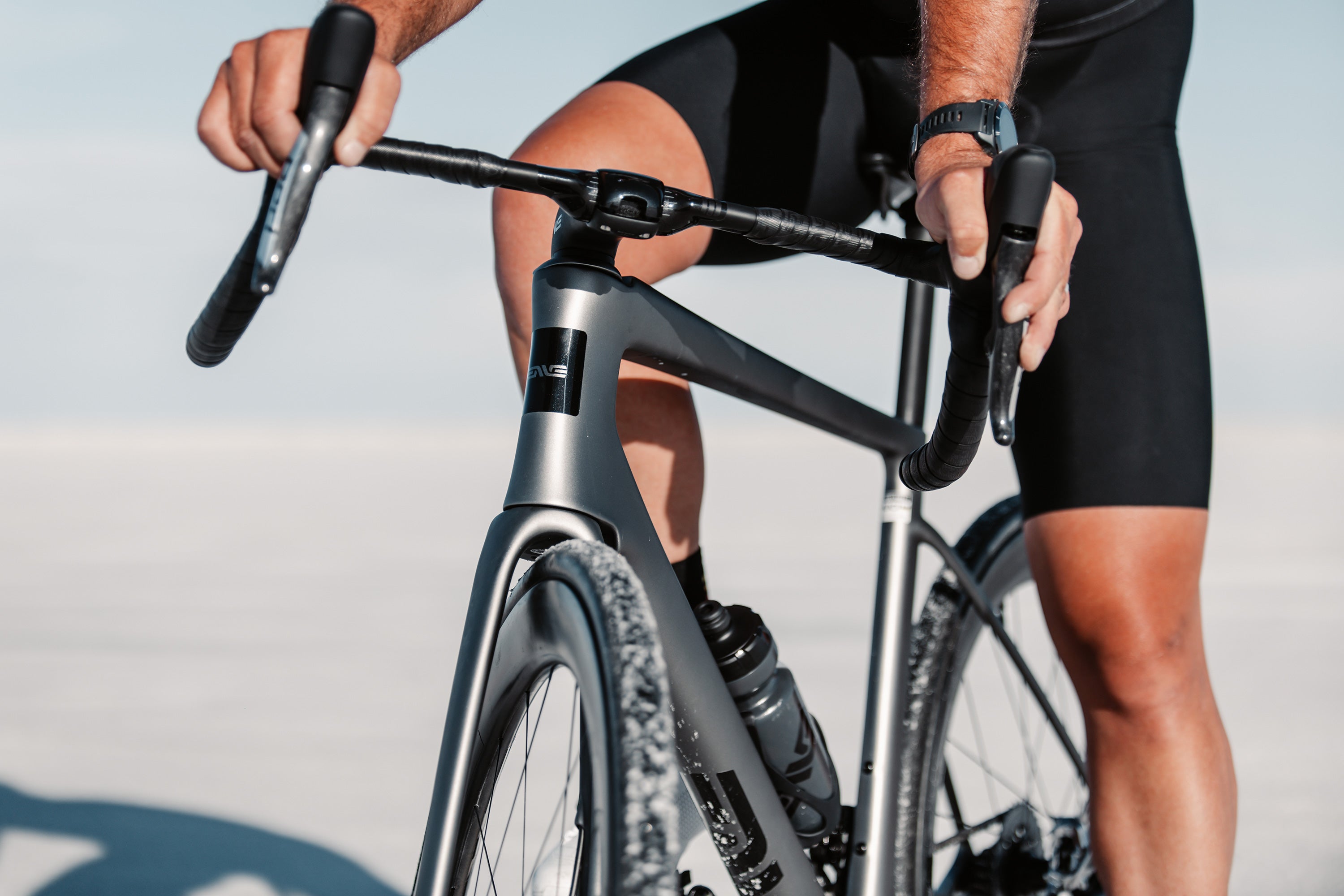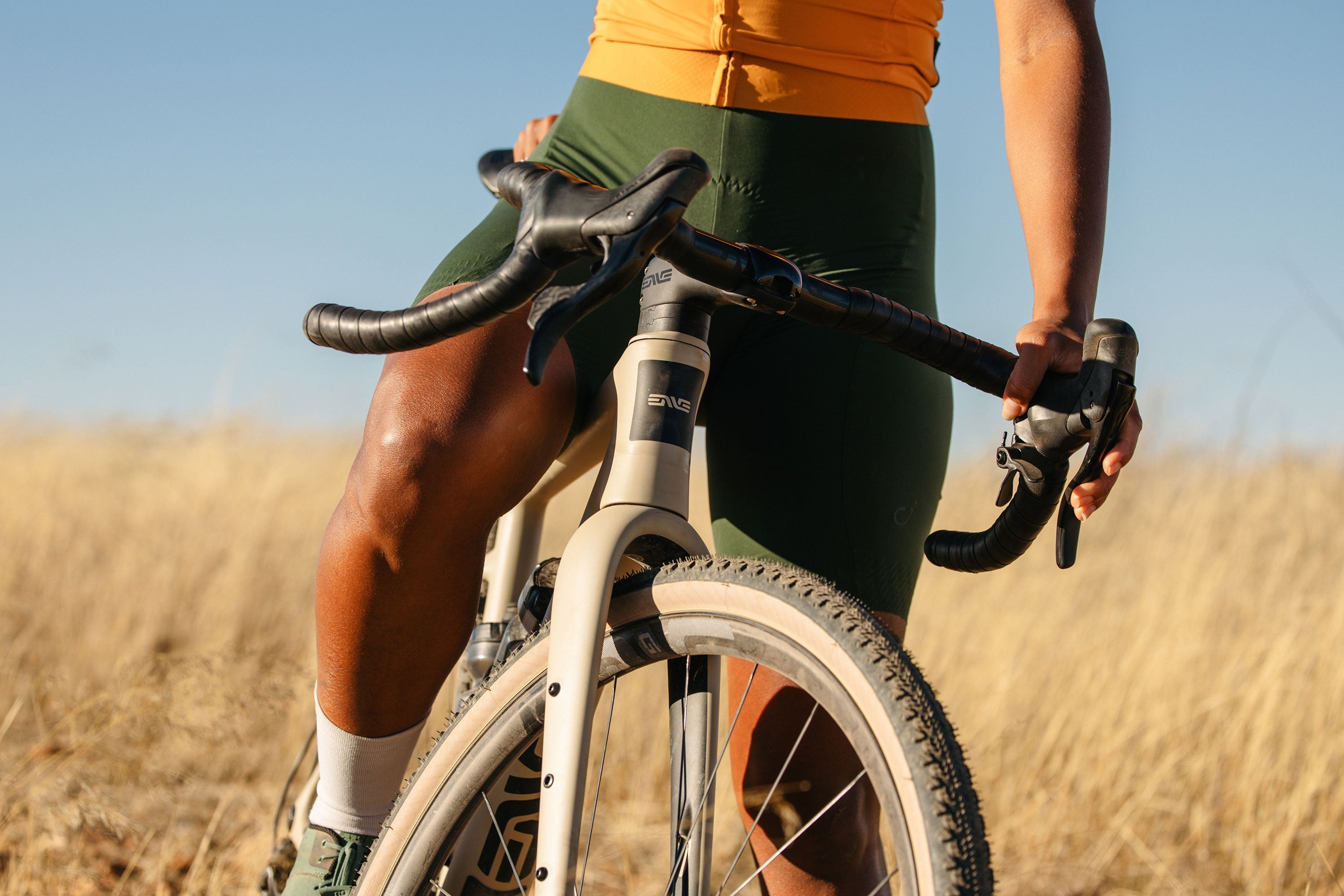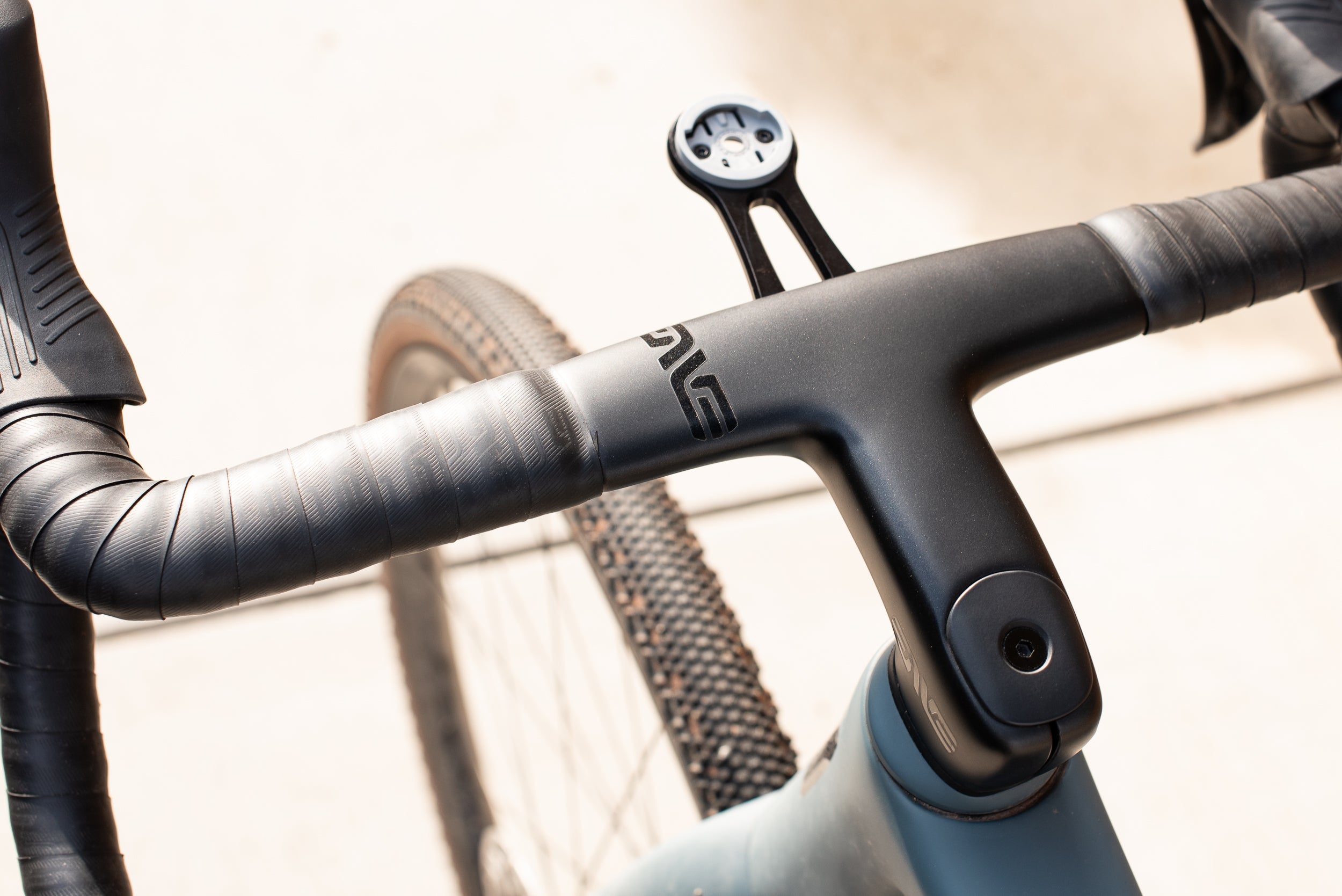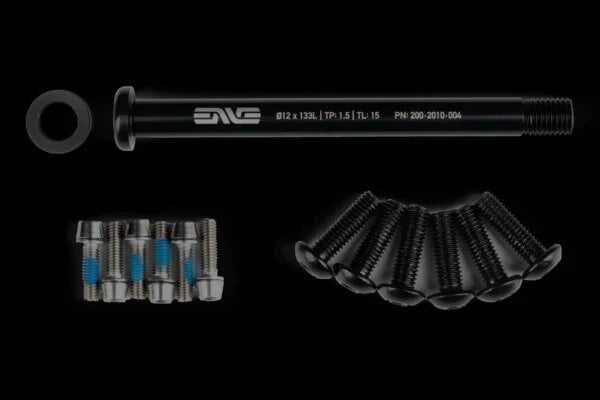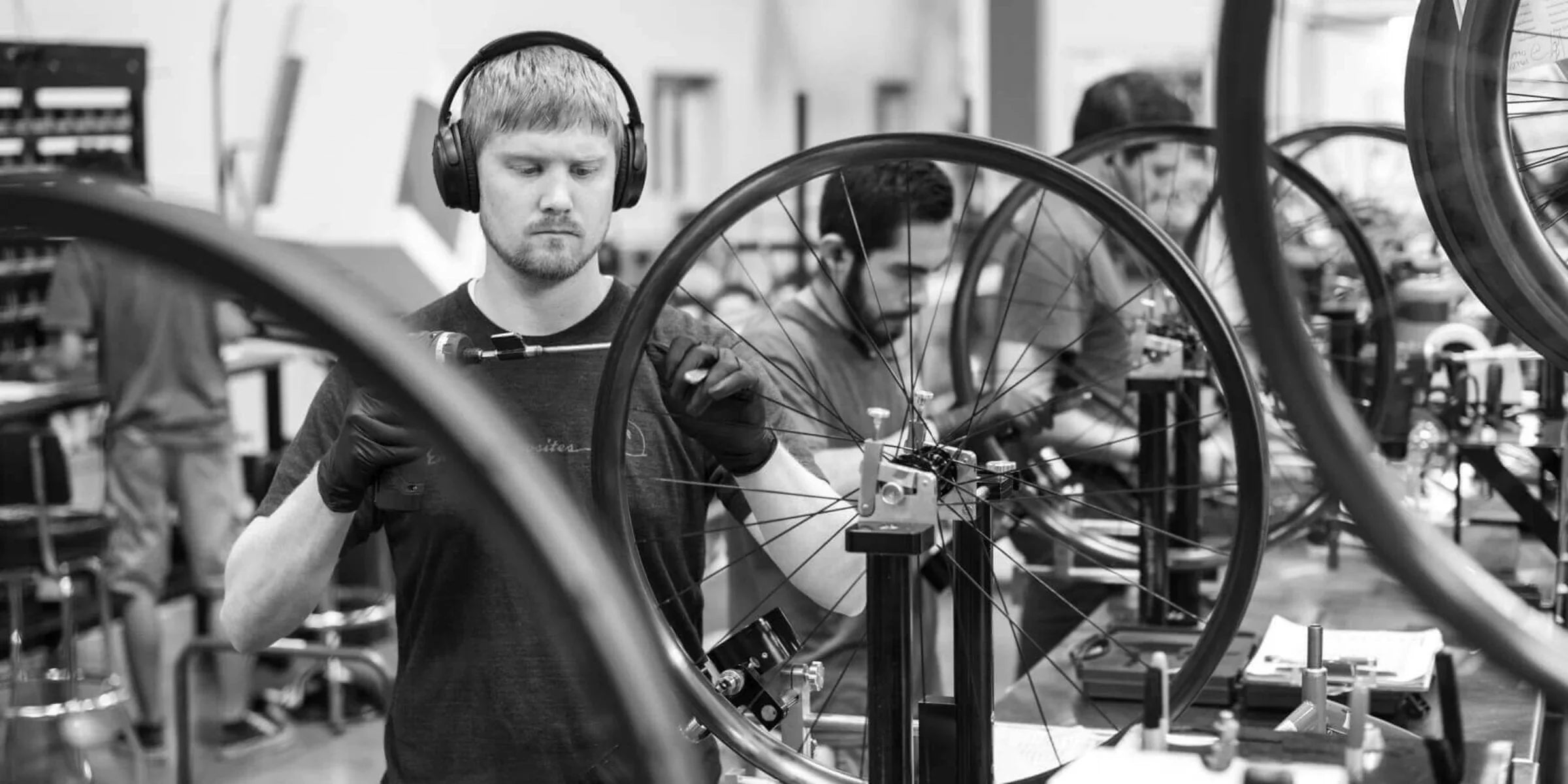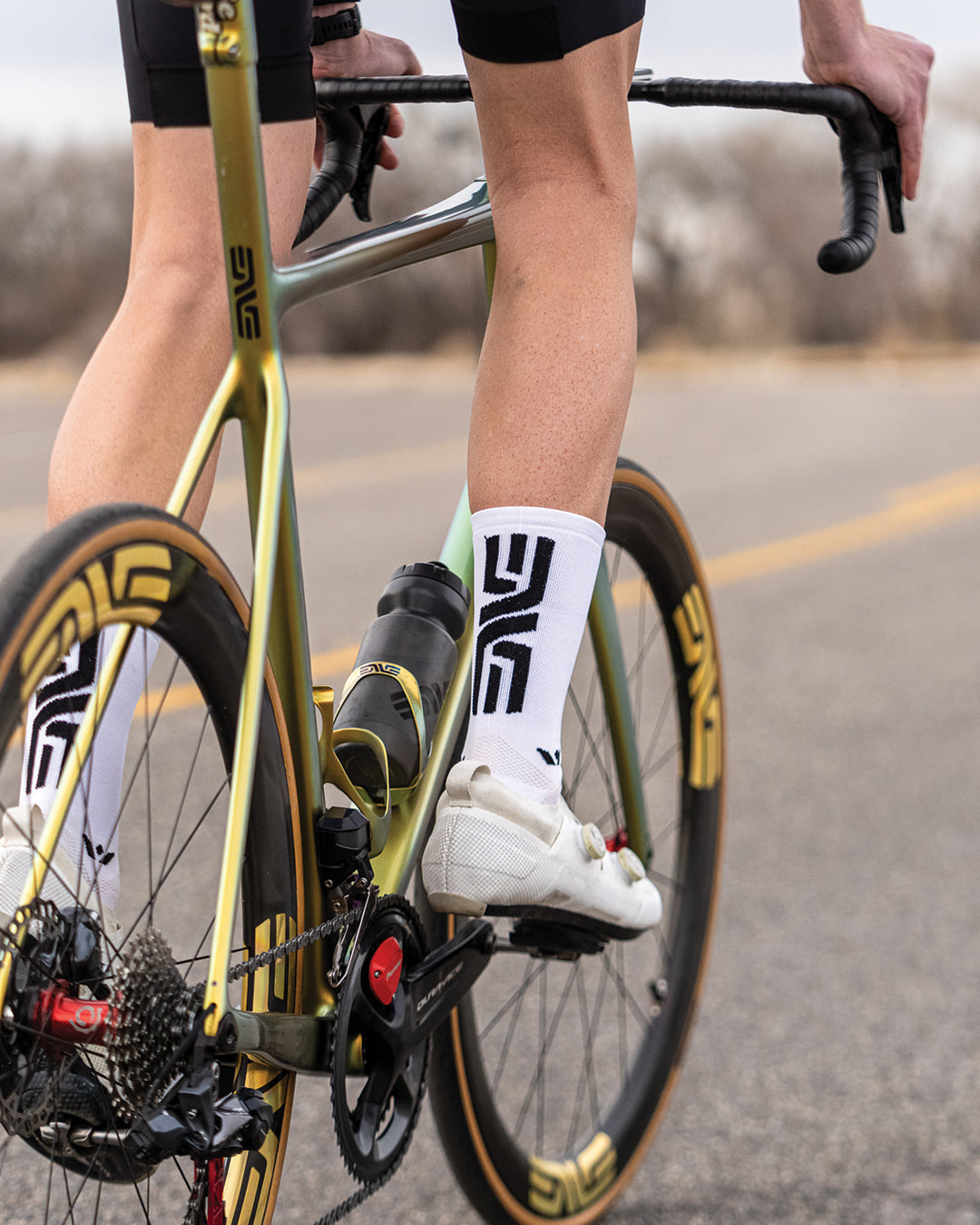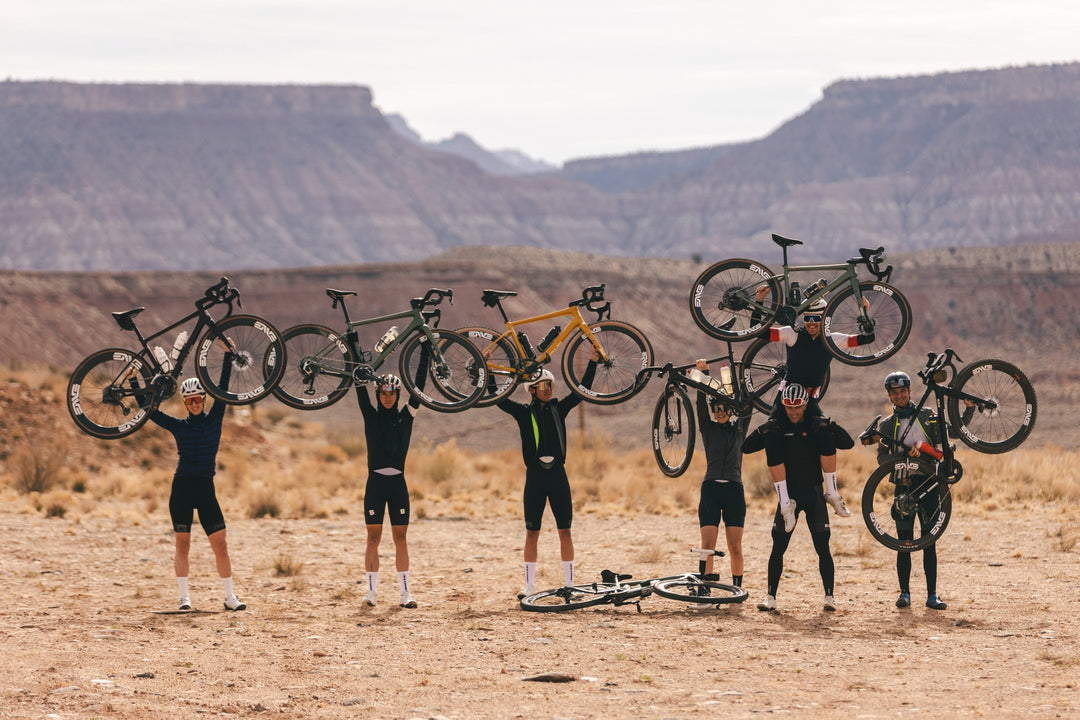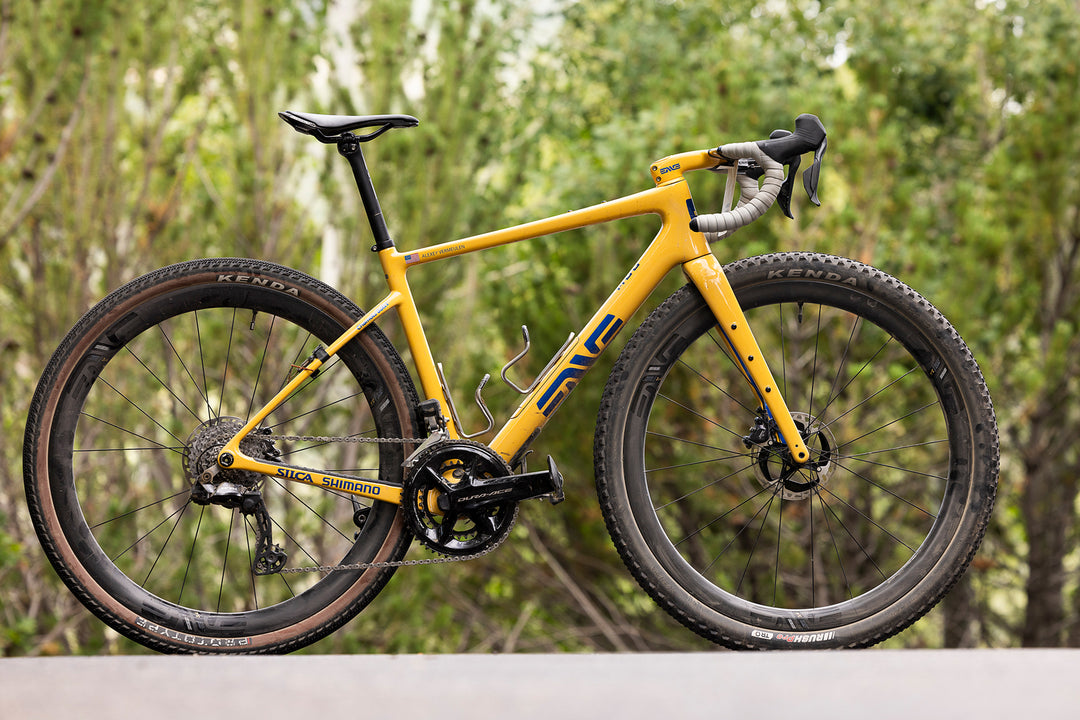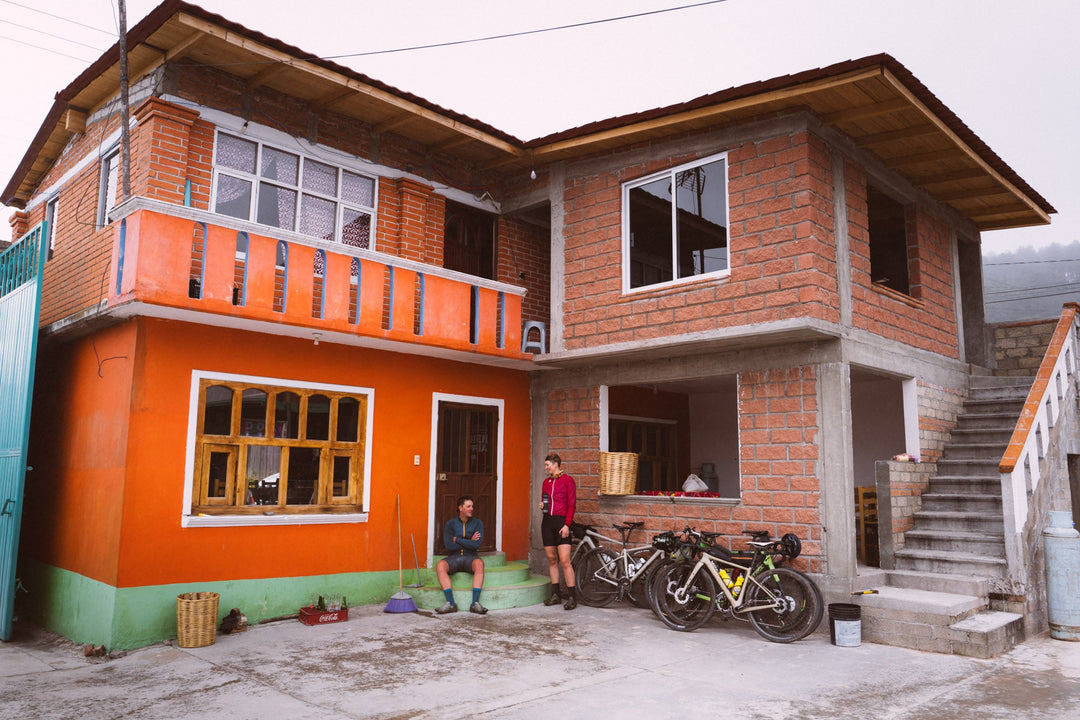Bigger Is Better In Gravel - Alexey Vermeulen
Gravel racing has seen an equipment transformation this year, specifically in the size of tires used by the leading riders. While the same thing is happening in road racing, the reasons why are slightly different. On the road, 28 mm tires are the norm, and in some cases, up to 30 mm, as was the case for Tadej Pogacar in this year’s Tour de France. Reduced rolling resistance and better handling are two of the biggest reasons for the ever-increasing width on the road. For gravel, within just the last year we’ve gone from 40 to 42 mm tires being a relatively standard race setup, to riders now choosing 45 mm + widths at races such as UNBOUND and SBT GRVL. Why are gravel tires getting so big in the pro division? We asked Alexey Vermeulen about the trend and the reasons behind it.

What’s driving the trend of gravel tires that used to be thought of as “adventure” sizing, now leading the pack in the biggest gravel events?
The speeds continue to increase at the front of the gravel racing and there’s more depth than ever, making it nearly impossible to have a mechanical and still impact the race. Thus we are seeing more and more riders running bigger tires to better prevent the risk of flatting (mainly at races that don't allow tech zones). I also think as MTB tires become faster they are similar to gravel tires in rolling resistance when the courses are a majority of gravel.
Will tire sizes continue increasing, or is it a situation where it's been pushed to the limit, and we'll settle on somewhere in the middle?
I believe tire sizes are near their limit and we’ll see a lot of new options between 45 mm up to 2.2”. One thing to keep in mind is that tire size is very course-dependent. The anticipated speed and course conditions are major factors in the tire size. When in a group of riders racing at 20+ mph you often hit rocks without seeing them. The amount of force that impact creates when you have full weight on the saddle is a big difference from someone anticipating that hit and lifting their weight off the saddle. You see a lot more flats when racing in the group compared to someone riding the same course solo or at lower speeds.

Many of the current gravel bikes on the market are limited in tire clearance, how big of a factor is that when dialing in the ideal race setup?
Having the ability to run practically any tire size I want is incredible. The MOG’s ability to fit up to 50 mm tires allows me to bring any tire/wheel setup and decide what’s best for the course after pre-riding. I find it very interesting that some bikes are still launching with 45 mm max tire clearance since that would be a limiting factor very quickly.
As the speeds continue increasing in gravel races, what are the things you're looking at to give you an advantage?
Tire rolling resistance and aerodynamic advantages of any kind will continue to grow. From there I expect we will see ways to keep tires inflated regardless of what you encounter and continue to see gearing ranges expand as courses continue to be so dynamic. We’re seeing the same apparel and helmet tech as on the road with skinsuits and aero helmets.
Can any of these things benefit the everyday gravel rider who isn't necessarily chasing the podium?
I think so, obviously to a lesser extent as many of the riders are not going the same speed, but anything that creates a more capable bike with greater tire clearance and creative solutions such as in-frame storage improves the enjoyment for riders at any level.
You finished 3rd in the SBT GRVL with an average speed of 21.5 mph over the 125-mile course with 11,600 ft of climbing. Those are practically road race speeds. Can you detail your setup?
ENVE MOG, 2x Dura-Ace Crank (52/34 - 11/34 cassette) paired with GRX 12spd. I ran a 2.2” Kenda Rush on the front with 26 psi and a 50 mm Kenda Prototype tire on the rear with 28 psi (similar to a Pathfinder). These were set up on ENVE SES 3.4 wheels.

The final round of the Life Time Grand Prix is the Big Sugar, which is notoriously rocky. What do you anticipate being the ideal setup for the course?
Having flatted the last two years, I am leaning towards turning the MOG into a monster truck by running 2.2” tires on ENVE G23 wheels. If there is a chance of rain I would go down slightly in tire size since the 2.2” doesn’t allow for clearance for mud or debris. For the drivetrain, I’d go with a 1x 52t or 50t x 10-51 to get the full range required for the steep climbs and fast pedaling sections.


